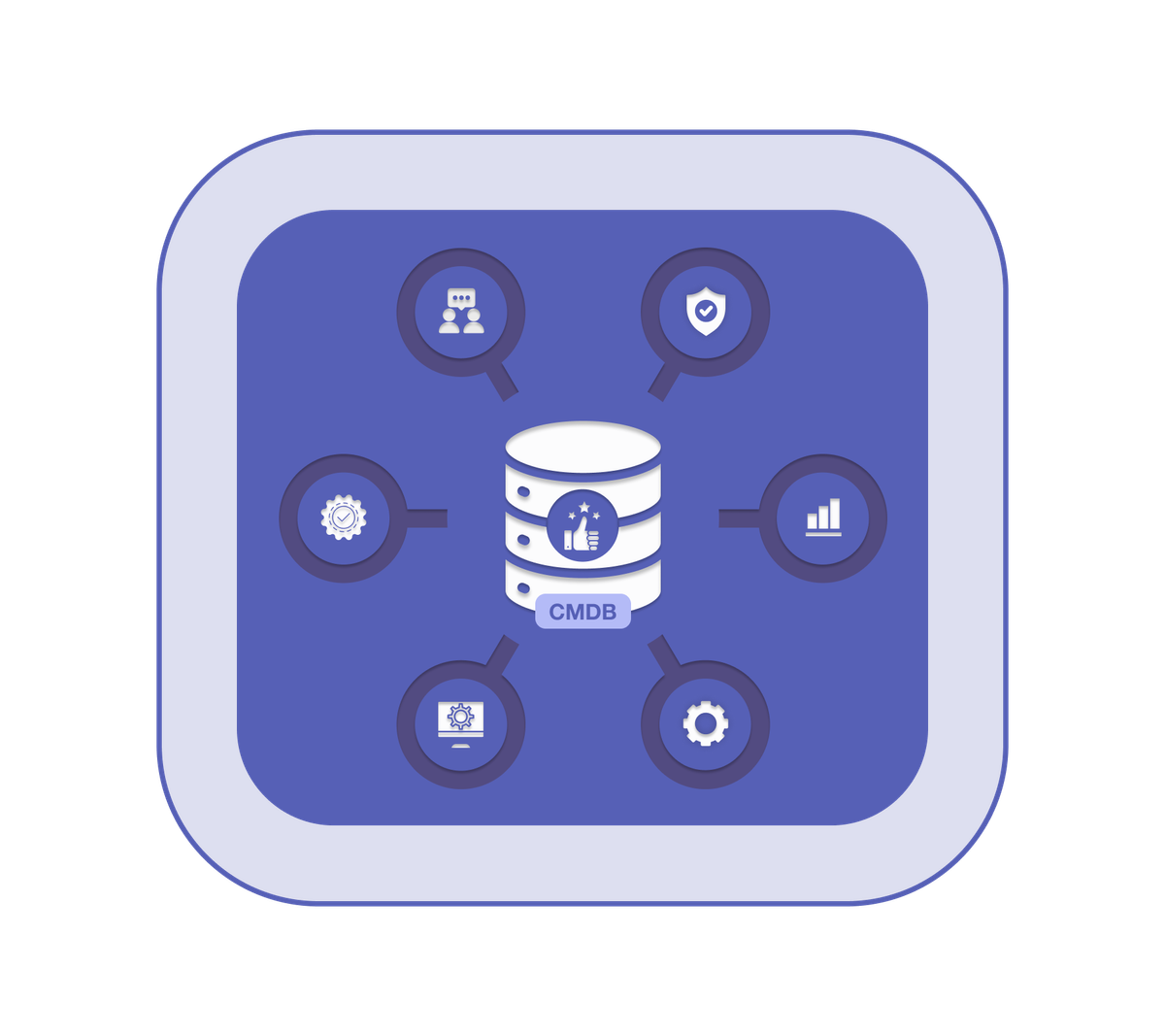Welcome back to our series on Cloud Configuration Management Database (CMDB). In this installment, we dive into key advantages and explore how a Cloud CMDB acts as a strategic ally in navigating the dynamic landscape of cloud infrastructure.
But before we dive into the benefits, I want to touch on some feedback from my previous article.
It is true that most ITSM platforms are attempting to accommodate cloud infrastructure and applications. I work extensively with customers and have great appreciation for the work that platform companies are doing to address the challenges that Cloud provides and that they continuously develop modules and capabilities to adapt to the challenges of cloud infrastructure. What is however clear to me in all my engagements, is that the average Configuration Management team has a real struggle in dealing with cloud and Cloud Resources. That struggle is partly due to the seeming disconnect between classical CMDB disciplines and the dynamic nature as discussed in my previous blog, but also due to the larger number and diversity of consumers (teams, processes, and systems) outside of the classical CMDB consumer audience.

Whereas classical CMDB consumers were Incident, Problem and Change Management, the potential audience now includes Developers, Site Reliability Engineers, Security Practitioners, Cloud Architects, and many others who do not consume CI (configuration items) information in the same way as Configuration teams are used to – thereby excluding those growing numbers of consumers from the CMDB paradigm. Examples of the kind of attributes that these new consumers want to see in the CMDB, include
- changes deployed from their source repository,
- the relationship of resources in the context of projects,
- consumption costs per resource,
- performance insights based on their tooling sets
There are more aspects that you can shake a stick at. In a platform play, those are distributed all over the platform, and they are bringing some of that information to the CMDB as related lists or adding information from other modules to forms. These solutions answer the challenges technically, but not necessarily substantively in a way that is useful to a developer an SRE (Site Reliability Engineer), or members of other teams. This is not a criticism of these legacy players, but an acknowledgment or confession that as an implementor of these systems, I am not yet able to make CMDB the elegant all-singing and all-dancing cloud CMDB I know that it could be on them. It is a bit of a cliché, but when it comes to platforms, it can be that the platform is good at most things, but not necessarily a master of all. There are some compromises that must be made to get a Minimum Viable Product in place and it takes time to mature ideas – time that customers often just do not have.
In my estimate, there is still plenty of work to do to align classical CMDBs (Configuration Management Databases) to what the needs of potential Consumers of CMDBs are. Yes – it potentially is only a design thinking issue, but any platform only becomes useful to consumers of the platform in the context of their specific user experience of the platform.
In comes Cloud CMDBs and its potential benefits to organizations (whether part of a platform or stand-alone and integrated to existing platforms).
Improved Visibility and Control
Imagine you are a pilot navigating through the clouds. You need a clear view of your surroundings and precise control over your aircraft. Similarly, in the realm of IT, organizations need to navigate their cloud environments with confidence and precision. A Cloud CMDB serves as the radar for IT teams, offering real-time visibility into the state of the cloud environment and the metrics that support this control. It is like having a GPS for your virtual resources -
- Tracking the number of resources per type
- Tracking the current state of resources, projects, services, and user journeys in real-time,
Tracking relationships of Resources to each other and to relevant contexts such as:
The relationships between different Configuration Items (CIs), revealing the intricate web of connections, such as the bond between a virtual machine and its physical host,
- The mapping to a user journey,
- The relationships to a project,
- The relationship to source code in a source repository and/or
- The impact of components on the service delivered to a customer.

This transparency empowers IT teams to make informed decisions. By having a single source of truth for the configuration of cloud infrastructure, organizations can untangle the complexity of the cloud and ensure compliance with regulatory requirements. It is the key to avoiding turbulence in the cloud journey.
Enhanced Security and Compliance
In the digital age, security is non-negotiable. Think of a Cloud Configuration Management Database (CMDB) as your organization’s digital security guard. It keeps a watchful eye on configuration changes, ensuring that your IT environment complies with regulatory standards. It is not just about preventing breaches; it is about fortifying your defenses against potential threats.
Consider this scenario: your organization needs to meet specific regulatory requirements. A Cloud CMDB acts as your compliance companion, tracking every configuration change and ensuring that your IT landscape aligns seamlessly with regulatory frameworks. It is a proactive approach to security, reducing the risk of non-compliance and safeguarding your digital assets.
Both Azure and AWS offer services that can help you achieve improved security and compliance. For example, AWS offers AWS Config, which provides a detailed inventory of your AWS resources and their current configurations, while Azure offers Azure Policy, which provides a governance framework for managing and enforcing compliance policies across your Azure resources. What a cloud CMDB offers you, however, is combining the insights from all your cloud resources across multiple locations, accounts, and deployments and allows you to make sense of its combined impact on the security of your IT operations. This saves hours and days for understanding your compliance picture as your team no longer must interact with multiple tools, but interact with one system of reference
Efficient Resource Management
The only constant in modern IT is change. A Cloud Configuration Management Database (CMDB) is your organization’s secret weapon for scalability and flexibility. Whether you are scaling up or down, the CMDB ensures that your IT environment remains agile and responsive to evolving business needs.
If you are looking for a cloud CMDB solution, both Azure, AWS, and GCP offer services that can help you achieve scalability and flexibility. For example, AWS offers Amazon Elastic Compute Cloud (EC2), which provides resizable compute capacity in the cloud, while Azure offers Azure Virtual Machines, which provides on-demand, scalable computing resources. GCP offers Google Compute Engine, which provides scalable virtual machines in the cloud. All three services can help you scale your resources up or down based on demand, ensuring that you only pay for what you use.
However, managing multiple cloud platforms can be challenging and time-consuming. A unified cloud CMDB can help you achieve the same scalability and flexibility benefits across multiple cloud providers.
Conclusion
In this blog, we have just scratched the surface of the benefits that a Cloud CMDB can provide to organizations. We took a quick peek at a platform play that is on the road to integrating a cloud capability for non-ITSM consumers and then looked at the specific benefits that a Cloud CMDB would provide to diverse types of consumers.
In the next episode, we will be looking at some of the challenges encountered when implementing a Cloud CMDB.

